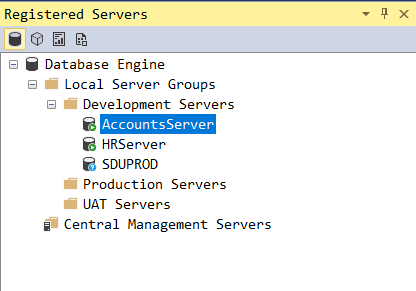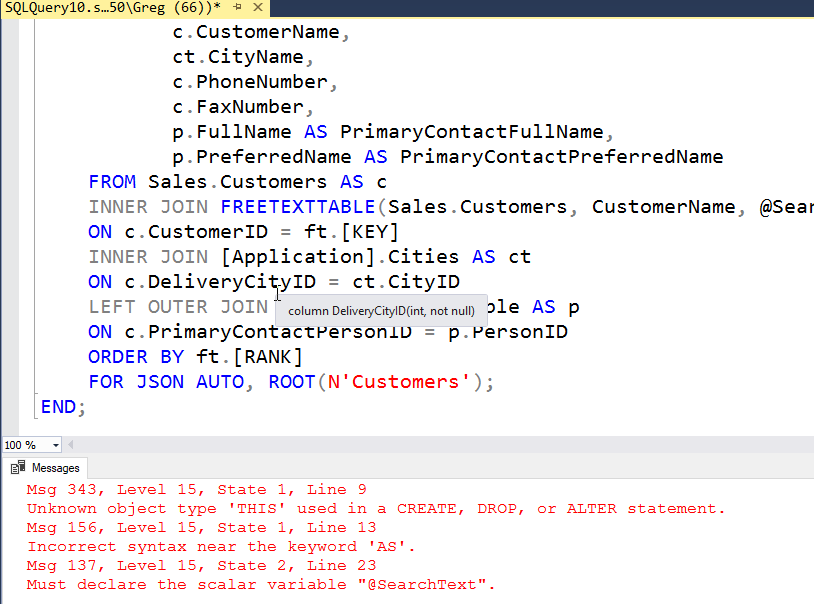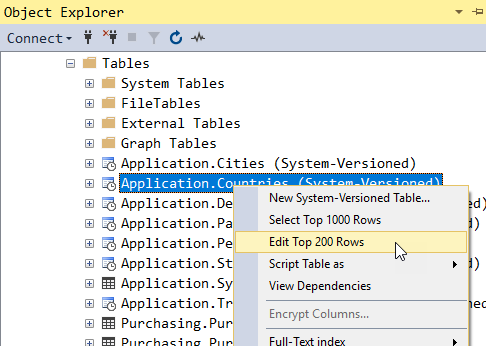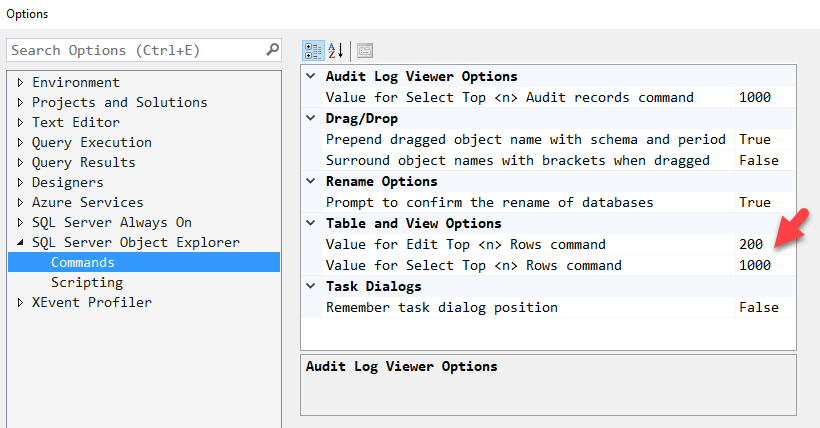Shortcut: Multi-server queries in SQL Server Management Studio
In an earlier post, I mentioned that you can create a registered list of servers, either in Local Server Groups or stored in a Central Management Server.
What I didn’t really talk about though, is what you can do with these groups of servers, rather than just executing queries on an individual server.
I’ve created three local server groups, for my development, UAT, and production servers.

The Development Servers group has three database servers in it. If I right-click the group, rather than any individual server, we get these options:
2018-11-01



